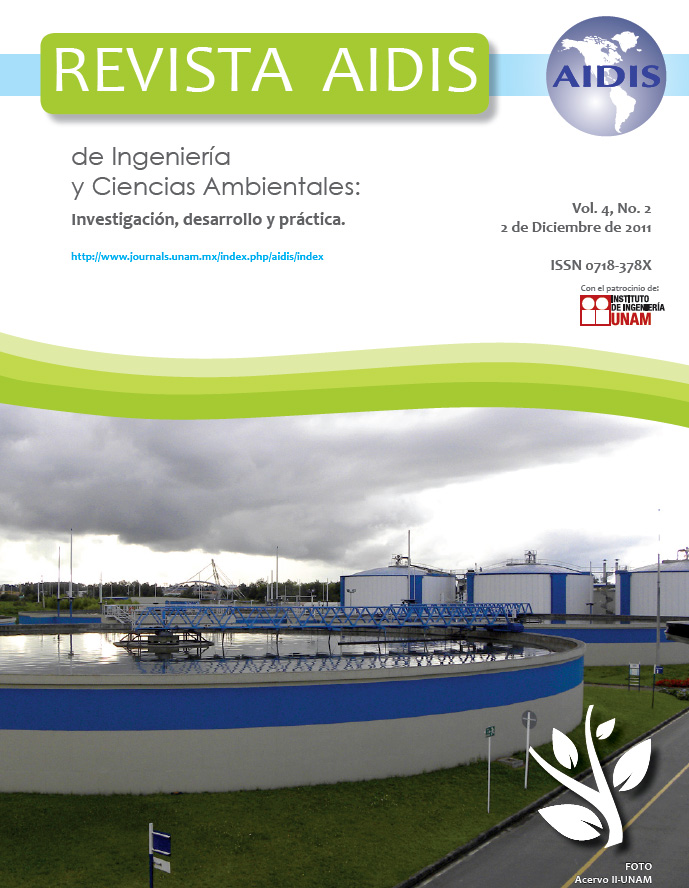WASTE MANAGEMENT GENERATED DIRECTLY OR INDIRECTLY BY ONION CROP IN AQUITANIA (BOYACA‐COLOMBIA)
Main Article Content
Abstract
The crop of green onion (Allium fistulosum L.) in Aquitania, municipality belonging to Basin of Tota Lake in Colombia, used high amounts of chicken manure to fertilize and chemical synthesis inputs for pest and disease. This has led to pollution and eutrophication of the Tota Lake, which encouraging the proliferation of aquatic macrophytes as Brazilian elodea (Egeria densa Planch). Elodea mechanically extracted from TOTA Lake, wastes from the process of leaf removal and deburring onion, known as “pelanza”, and chicken manure, can be converted into high-quality compost using beneficial microorganisms in the composting process. Six treatments with two replicates that consisted of two mixes of waste, with and without addition of microbial inoculants, were designed for this research. The macronutrient content was increased in the mixture with chicken, onion waste, elodea, barley flour and rice hulls, mainly when it was inoculated with cellulolytic, proteolytic and amylolitic microorganisms. None of the treatments presented heavy metals, pathogenic human or phytopathogenic nematodes. In phytotoxicity bioassay in radish (Raphanus sativus L.), the highest germination rate was obtained with treatment using onion, elodea and rice hulls inoculated cellulolytic, proteolytic and amylolitic microorganisms. Biofertilizer production due to their biological and nutritional characteristics is a good alternative to the onion crop waste management in subpáramo; within the concept of sustainable development.
Keywords: Composting, Brazilian elodea, chicken manure, degrading microorganisms of matter organic, onion waste.
